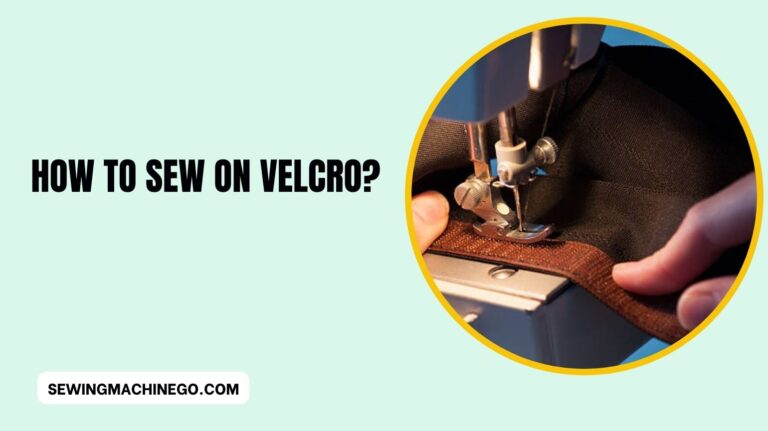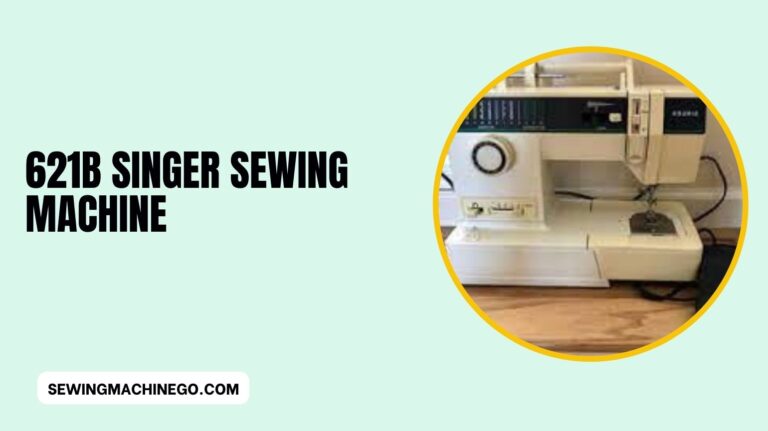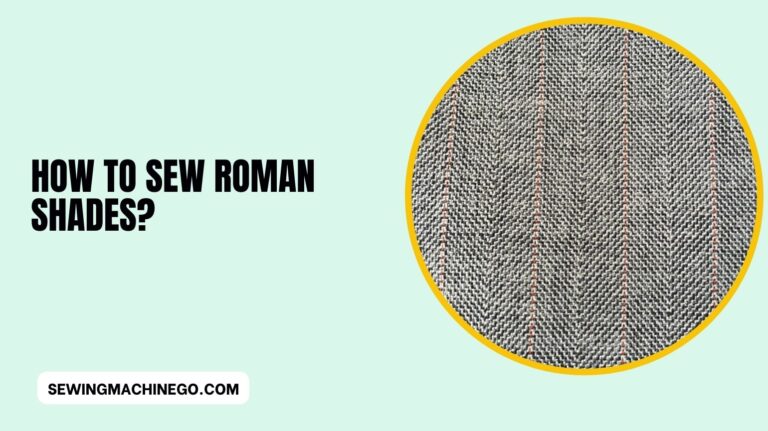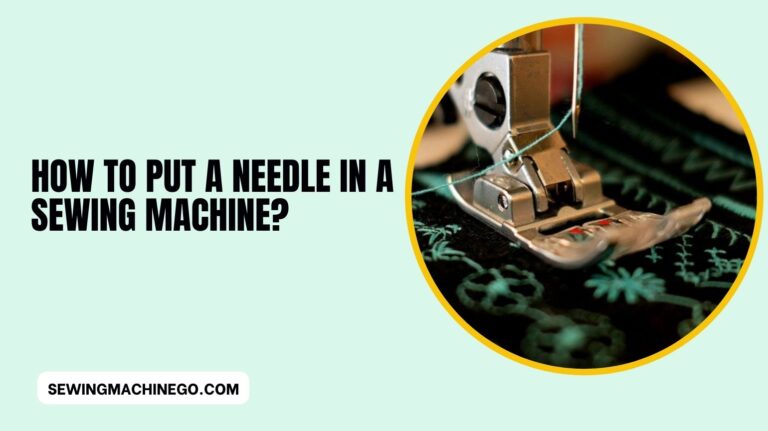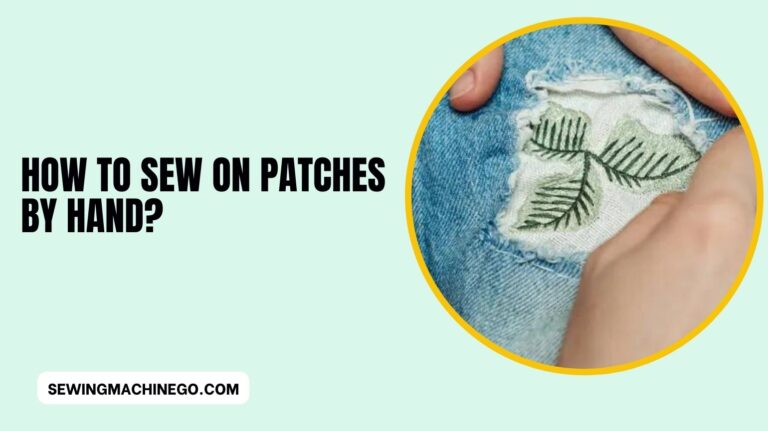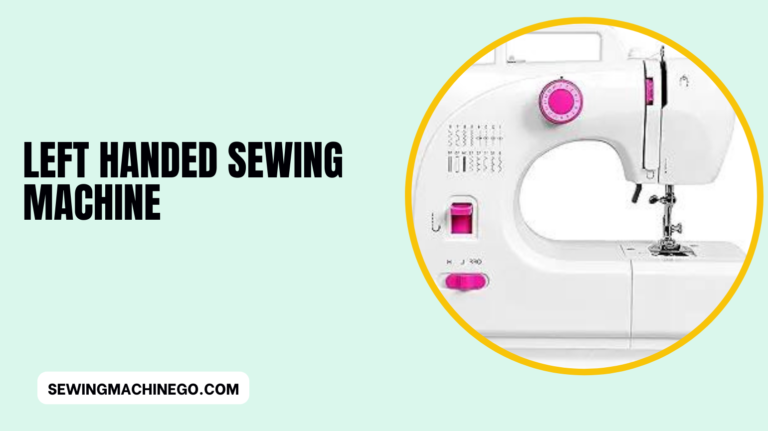How to Sew Underwear? Very Simple Steps In 2024
Embarking on the journey of sewing your own underwear opens a world of customization, comfort, and creativity. How to Sew Underwear?
Whether you’re drawn to specific fabrics and styles, or simply crave a perfect fit, mastering the art of sewing underwear offers a fulfilling way to personalize this essential garment.
From selecting the right materials to understanding the construction techniques, diving into this craft allows you to create intimates that reflect your unique taste and preferences.
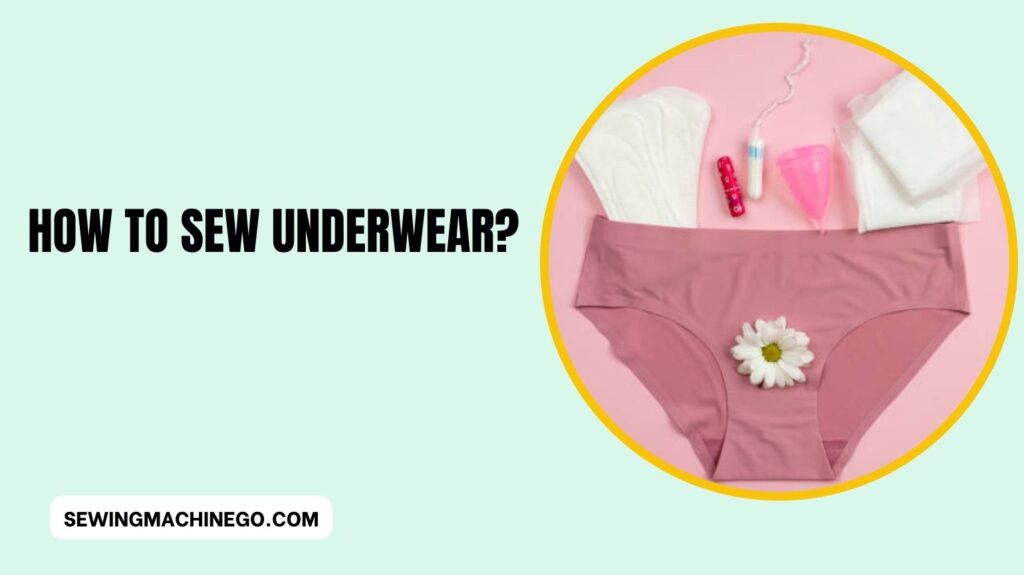
Understanding the Basics of Sewing Materials and Tools
Before diving into the creation process, familiarize yourself with the essential sewing materials and tools required for making underwear.
From needles and threads to fabrics and elastic, each element plays a crucial role in achieving the desired comfort and style.
Choosing the Right Fabric for Underwear
Selecting the appropriate fabric is pivotal in creating comfortable and durable underwear.
Fabrics like cotton, bamboo, or microfiber are popular choices due to their breathability and comfort against the skin. Understanding the properties of each fabric helps in making an informed decision.
Patterns and Cutting Techniques for Underwear
Obtaining or drafting patterns for different styles of underwear is the initial step in the sewing process. Learning efficient cutting techniques ensures accuracy and precision in creating the desired shape and fit for your undergarments.
Sewing Techniques for Different Types of Underwear
Each type of underwear – briefs, boxers/boxer briefs, and panties – requires distinct sewing techniques. Crafting various styles of underwear involves distinct sewing techniques tailored to achieve the desired fit and comfort.
Let’s delve into the specific sewing methods for different types of underwear:
1. Sewing Techniques for Briefs
Briefs, known for their snug fit, require precise sewing techniques:
- Pattern Layout: Lay out the fabric and pattern pieces meticulously. Ensure proper alignment before cutting to maintain symmetry.
- Adding Elastic: Sew elastic along the leg openings and waistband using a zigzag stitch for flexibility and a comfortable fit.
- Flat Seams: Consider using flatlock or flat-felled seams to reduce bulkiness and provide a smooth finish against the skin.
2. Sewing Techniques for Boxers/Boxer Briefs
Boxers or boxer briefs, with their loose-fit design, involve specific sewing approaches:
- Pattern Cutting: Cut the fabric according to the chosen pattern, ensuring allowances for ease and movement.
- Constructing the Fly: If the design includes a fly, carefully sew the placket and add closures like buttons or snaps.
- Hemming: Employ a double-fold hem for the leg openings to prevent fraying and provide a neat appearance.
3. Sewing Techniques for Panties
Panties, offering varied styles, require attention to specific sewing details:
- Elastic Application: Sew elastic along the leg openings and waistline using a stretch stitch to maintain flexibility and shape.
- Decorative Edging: Consider using decorative stitches or lace trims to embellish the edges for added style.
- Gusset Construction: Incorporate a gusset for added comfort and reinforcement, ensuring durability.
4. Choosing Seam Finishes
- Overlocking/Serging: Utilize an overlock or serger machine to finish raw edges, preventing fraying and ensuring a clean appearance.
- Zigzag Stitch: Alternatively, use a zigzag stitch on a regular sewing machine to finish edges if a serger is unavailable.
5. Understand Fabric Stretch and Sewing Needles
- Fabric Selection: Choose stretchy fabrics like spandex blends or elastic materials suitable for underwear to ensure comfort and proper fit.
- Ballpoint Needles: Opt for ballpoint or stretch needles suitable for sewing stretch fabrics, preventing snags, and ensuring smooth stitches.
6. Elastic Application Tips
- Measure and Cut: Accurately measure and cut the elastic according to the specified measurements provided in the pattern.
- Stretch as You Sew: Gently stretch the elastic while sewing to match the fabric’s stretch, ensuring even distribution and flexibility.
7. Testing and Adjusting
- Practice Runs: Consider sewing test pieces to practice techniques and adjust tensions before working on the final garment.
- Adjusting Stitch Length and Tension: Experiment with stitch length and tension settings on scrap fabric to achieve the desired results.
Mastering these sewing techniques specific to various types of underwear enables the creation of comfortable, well-fitted, and stylish undergarments.
Experimenting with different fabrics and designs further enhances the creative process and personalizes your handmade lingerie.
Troubleshooting Common Sewing Issues
Sewing, while rewarding, can occasionally present challenges. Understanding and overcoming common sewing issues is part of mastering the craft. Here’s a guide to troubleshooting some frequent problems:
Skipped Stitches
Symptom: The machine occasionally skips stitches, resulting in an incomplete seam. Solution: Ensure the needle is correctly inserted, use the appropriate needle for the fabric, and check the thread tension. Sometimes, a dull needle can cause skipped stitches, so replacing it might resolve the issue.
Uneven Seams
Symptom: Seams appear wavy or uneven. Solution: Double-check the tension settings on the machine. Uneven seams can also occur due to incorrect feeding of the fabric. Make sure the fabric is evenly guided through the machine.
Breaking Threads
Symptom: Threads break frequently during sewing. Solution: Check the tension settings, needle quality, and thread quality. Ensure the thread is correctly threaded through the machine and the needle’s eye.
Fabric Puckering
Symptom: Fabric gathers or puckers around the stitches. Solution: Adjust the machine’s tension settings. Using a stabilizer or interfacing can also prevent puckering, especially on delicate fabrics.
Bobbin Issues
Symptom: Uneven or loose stitches caused by bobbin-related problems. Solution: Check if the bobbin is correctly wound and inserted. Cleaning the bobbin area from lint or debris can also resolve issues with the bobbin thread.
Thread Tension Problems
Symptom: Uneven stitches or loops on the fabric surface. Solution: Correct thread tension by adjusting the tension dial according to the fabric being used. Test on a scrap fabric to ensure the tension is suitable.
Needle Breakage
Symptom: Needles frequently break during sewing. Solution: Ensure the needle is compatible with the fabric. Sometimes, sewing through thick layers or hitting pins can cause needles to break. Using the correct needle size and changing needles regularly can prevent this.
Bobbin Thread Showing on Top
Symptom: Bobbin thread is visible on the top side of the fabric. Solution: Check if the bobbin is correctly inserted and if the upper thread tension is too loose. Adjust the tension and rethread the machine if necessary.
Machine Jams or Stuck Fabric
Symptom: The machine jams or fabric gets stuck. Solution: Turn off the machine, remove the fabric, and gently clean the bobbin area. Check for any thread tangles or debris causing the jam.
Skipped or Misaligned Patterns
Symptom: Patterns on the fabric don’t align or are skipped during sewing. Solution: Ensure the fabric is properly aligned before sewing. Pinning or basting pattern pieces can help maintain alignment.
Addressing these common sewing issues methodically can improve the sewing experience and help achieve more professional-looking results.
If the problem persists despite troubleshooting, seeking guidance from a professional or a sewing community can offer valuable insights.
Caring for Handmade Underwear
Proper care and maintenance elongate the lifespan of handmade underwear. Following specific care instructions ensures durability and retains the quality of the fabric and stitches.
Sustainability Aspects in Underwear Sewing
Crafting your own underwear allows for conscious choices towards sustainability. Using eco-friendly fabrics and reducing fabric waste contribute positively to the environment.
Creating Your Unique Style
Personalizing your underwear with unique designs and patterns allows for self-expression. Experimenting with different styles enables you to create a signature look.
People also ask
Are underwear easy to sew?
Sewing underwear can be straightforward with practice.
Starting with basic styles and following clear instructions can make it an accessible project, especially for those familiar with sewing.
Mastery comes with time and experience, but creating simple designs can be relatively easy for beginners.
What kind of fabric do you use to sew underwear?
Fabrics like cotton, bamboo, modal, or spandex blends are popular choices for sewing underwear.
These materials offer comfort, breathability, and stretch necessary for a snug yet comfortable fit. Smooth, lightweight fabrics work best to ensure comfort against the skin.
What do I need to make my own underwear?
To make your own underwear, you’ll need:
Fabric suitable for underwear (like cotton or spandex blends)
Elastic for waistbands and leg openings
A sewing machine or needle and thread
Sewing patterns or templates
Scissors, pins, and measuring tape
Optional: lace trims, decorative elements, and a serger for finishing touches.
Do you need a serger to sew underwear?
While a serger can provide professional-looking finishes, it’s not essential for sewing underwear.
A regular sewing machine with zigzag or stretch stitches can achieve similar results, ensuring durability and comfort without a serger.
Conclusion – How to Sew Underwear?
In conclusion, sewing your own underwear can be a fulfilling and rewarding experience. By following these steps and techniques, you can create comfortable, customized underwear that fits your body perfectly.
Remember to choose the right fabric, use proper stitching methods, and pay attention to details like elastic placement and finishing touches.
With practice and patience, you’ll master the art of sewing underwear and enjoy the comfort and satisfaction of wearing your handmade creations. Happy sewing!

Hi, I am Alice, and I am your perfect guide to the world of sewing machines. With over 10 years of experience in the sewing industry, I am passionate about sharing my knowledge and expertise to help you make the most of your sewing journey. about me

